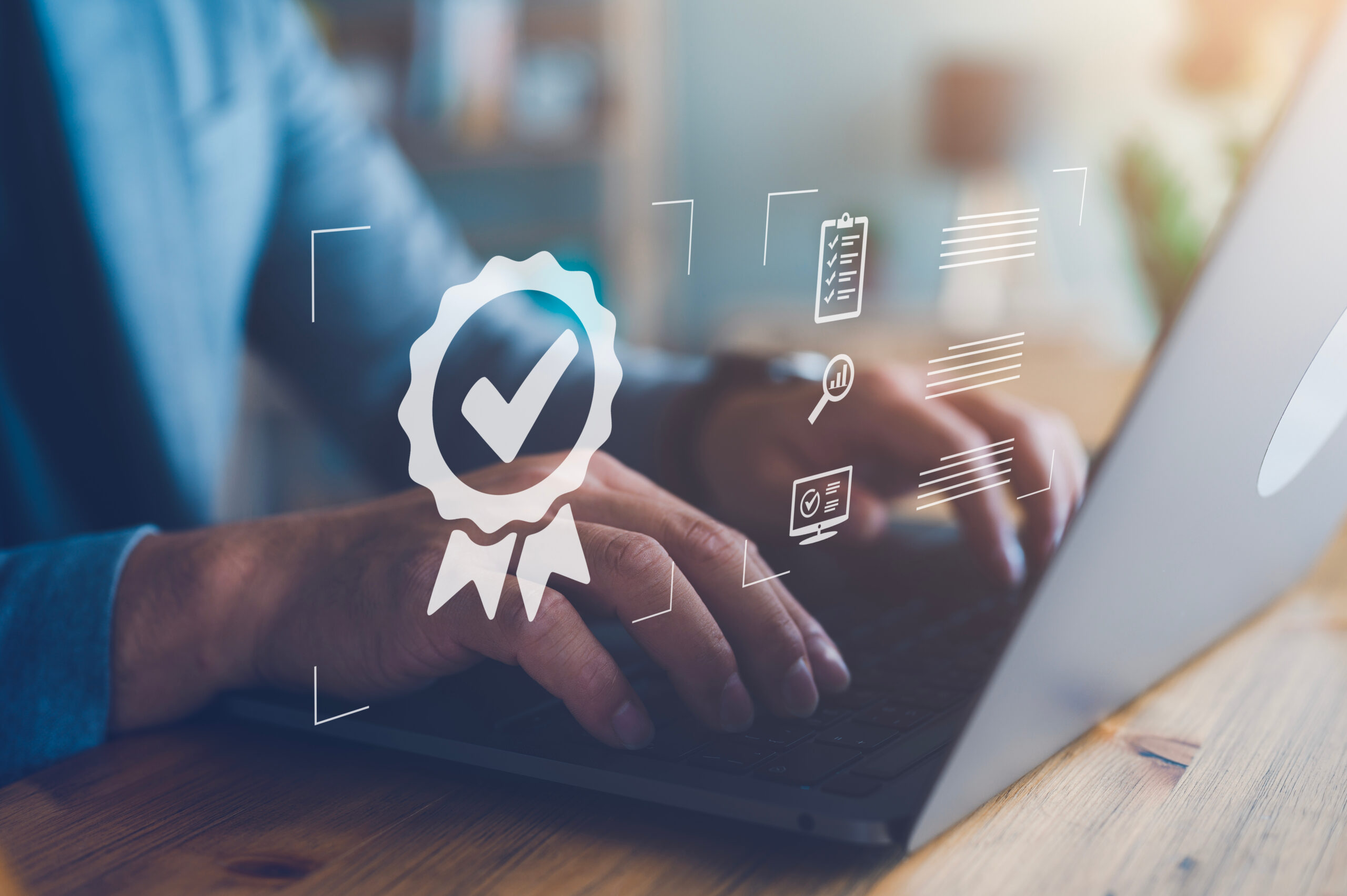Artificial Intelligence (AI) is revolutionizing industries by enhancing efficiency, decision-making, and customer experiences. However, integrating AI poses unique challenges for sectors like healthcare and finance due to stringent regulatory requirements. The need to balance innovation with compliance is paramount. This article explores the complexities of AI integration in regulated industries and how BloomifAI’s secure, closed-system approach facilitates compliant and effective AI adoption.
The Regulatory Landscape: Challenges in AI Integration
Regulated industries face several hurdles when incorporating AI:
- Data Privacy and Protection Laws: Compliance with regulations such as HIPAA, GDPR, and the EU’s Artificial Intelligence Act is mandatory. (Artificial Intelligence Act)
- Auditability and Traceability: Organizations must ensure that AI systems provide transparent and explainable outputs, allowing for thorough audits.
- Risk of Algorithmic Bias: AI systems must be designed to prevent discriminatory outcomes, which can have legal and ethical implications.
Traditional AI tools often lack the necessary controls and transparency, making them unsuitable for compliance-heavy environments.
Principles of Responsible AI in Regulated Environments
To navigate the complexities of AI integration, organizations should adhere to the following principles:
- Data Minimization & Access Control
AI systems are only as secure and ethical as the data they’re built on. Organizations should adopt a “least data necessary” approach—collecting and processing only the data essential for a system’s intended purpose. This reduces privacy risks and helps streamline compliance with regulations like GDPR or HIPAA. Implement stringent access control mechanisms to ensure that only authorized individuals can view or manipulate sensitive data. Role-based access and periodic audits can help enforce this discipline effectively.
- Transparency and Explainability
One of the most significant challenges in AI adoption is many models’ “black box” nature. Organizations should prioritize transparency in their AI workflows to build trust and enable accountability. This means selecting or designing models that provide a clear rationale for their decisions, especially in high-stakes applications like healthcare, finance, or criminal justice. Explainability tools and techniques, such as LIME or SHAP, can support this by helping users understand how input data influences outputs.
- Robust Audit Trails
Maintaining comprehensive records of an AI system’s operations is essential for accountability and continuous improvement. Audit trails should capture key information about model versions, training datasets, input-output pairs, and decision-making contexts. These logs support internal reviews and external audits and provide a foundation for identifying biases, errors, or deviations from expected behavior.
- Security-First Design
AI systems often handle sensitive or proprietary information, making them prime targets for cyber threats. A security-first approach requires embedding security best practices throughout the AI development lifecycle. This includes data encryption (both in transit and at rest), regular vulnerability assessments, adversarial testing, and secure model deployment practices. Collaboration between data scientists, DevOps, and cybersecurity teams is crucial to building AI solutions that are both functional and resilient.
- Human-in-the-Loop Oversight
Despite advances in automation, human judgment remains critical, particularly when AI is used to support decisions with ethical, legal, or social implications. Human-in-the-loop (HITL) models ensure that final decisions are reviewed, validated, or overridden by a human, creating a safety net against algorithmic errors or unintended consequences. This approach fosters greater accountability and allows organizations to balance efficiency with empathy and ethical considerations.
These principles align with emerging regulatory frameworks and promote ethical AI deployment.
How BloomifAI Meets and Exceeds Regulatory Expectations
BloomifAI’s platform is designed with compliance at its core:
- Secure, Closed-System Architecture: Data remains within the client’s environment, eliminating external exposure risks. Learn more.
- Customizable Governance Controls: Role-based permissions, approval workflows, and version-controlled updates ensure that only authorized actions are performed. Learn more.
- Explainable AI Modules: The platform provides clear documentation of AI decision-making processes, enhancing transparency. Learn more.
Because BloomifAI was created by executives who struggled with the lack of privacy when using other AI systems, it is uniquely suited for companies that run into roadblocks when trying to implement AI. Each feature of BloomifAI has been built with privacy and compliance in mind. It is ideally suited for industries that have yet to utilize AI meaningfully due to compliance issues. By integrating these features, BloomifAI supports organizations in meeting and exceeding compliance requirements.
Implementation Checklist: Safe AI Integration in Regulated Settings
To ensure successful and compliant AI integration:
- Define Compliance Requirements: Understand the specific regulations applicable to your industry.
- Evaluate AI Vendors: Assess vendors based on their architecture, transparency, and compliance features.
- Ensure Local Data Control: Maintain data within your environment to prevent unauthorized access.
- Establish Internal Review Protocols: Implement processes for regular audits and oversight of AI systems.
- Train Teams on AI Governance: Educate staff on responsible AI use and compliance obligations.
Following this checklist can help organizations integrate AI responsibly and effectively. Luckily, with BloomifAI, you don’t have to worry about going through this list yourself; BloomifAI is here to facilitate that process with a trustworthy platform.
Integrating AI in regulated industries is challenging but achievable with the right approach. BloomifAI’s secure, closed-system platform offers the tools and features necessary to navigate compliance requirements while harnessing AI’s benefits.
Ready to bring AI into your workflow—without the compliance headaches? Let’s talk!












